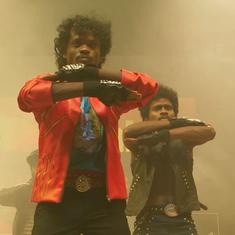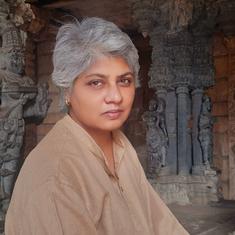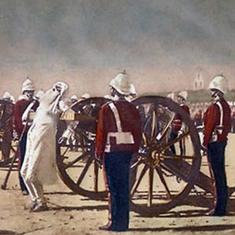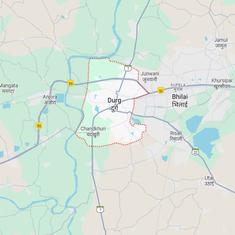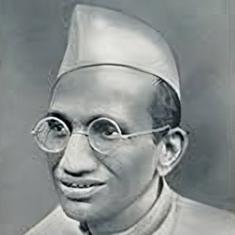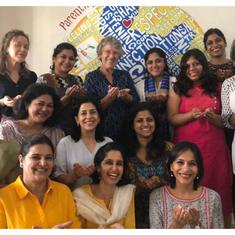How do you dress a cross-dressing man?
Spanish costume designer Paco Delgado’s credits include Bad Education, Biutiful and The Skin I Live In, and for British director Tom Hooper’s The Danish Girl, the designer has worked hard on using clothes to spin a perfect tapestry of a marriage that is challenged when the husband wants to become a woman.
Based on David Ebershoff’s novel of the same name and set in Denmark in the 1920s and ’30s, The Danish Girl is the story of artist Einar (Eddie Redmayne), who is married to fellow artist Greta (Alicia Vikander), and who discovers the woman trapped inside him when he models for one of Greta’s paintings. The novel is a fictionalised account of the life and times of Lili Elbe, a pioneering volunteer for sex reassignment surgery.
Hooper and Delgado had previously collaborated on the musical Les Miserables (2012), and Delgado was nominated for an Academy Award for best costumes for that movie. The transformation of Einar into Lili is reflected in the character’s changing wardrobe in The Danish Girl. Each garment tells a story, a bit more about the character. So it is no surprise that Belgado has been nominated for a BAFTA for this film too.
As part of his research, Delgado studied the Wegeners through their paintings, biographies and their newfound fascination for photography. The challenge was to make it seem like Lili was inside Wegener all the time, just waiting to come out. Even the suits that Einar wore before the transformation have a feminine feel to them.
Redmayne and Delgado collaborated on Lili’s costumes to stay true to the character. The silhouette of the 1920s was a flat-chested woman with almost no hips. That worked to their advantage.
For Greta, the character played by Alicia Vikander, Delgado similarly stuck to the fashion of the period. Influenced by the movements for women’s rights, the confining corset was discarded in favour of a chemise or a camisole, which were reflected in the designs of Coco Chanel and Jeanne Lanvin. Delgado drew on these designers to recreate the magic of the ’20s.
The designer made a transition from the monotone palate of the costumes in Copenhagen to more vibrant shades of vivid reds and greens when the couple travels to Paris to depict the shifts in their marriage and a greater acceptance of Einar’s new gender identity.

